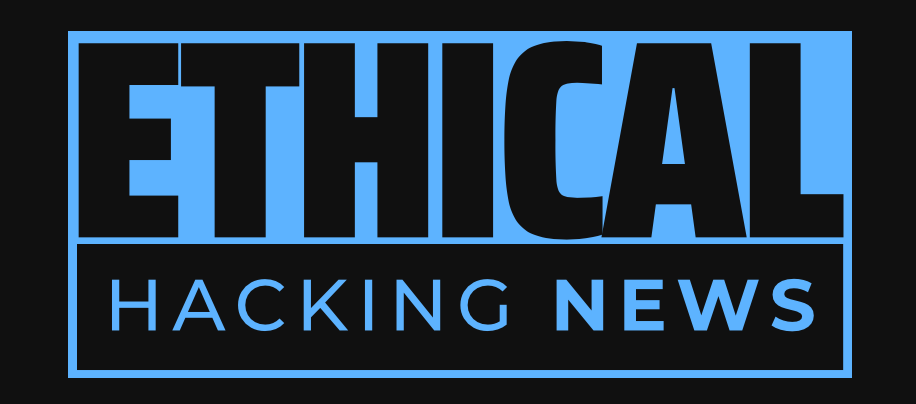Ethical Hacking News
Microsoft's March 2025 Patch Tuesday addresses six critically rated zero-day vulnerabilities that have been exploited in the wild since March 2023. These updates are essential for protecting systems and data from malicious actors who seek to exploit these vulnerabilities for their own nefarious purposes.
The March 2025 Patch Tuesday update addresses 56 security vulnerabilities across various products and services, including six actively exploited zero-days. The updates include six critical zero-day vulnerabilities that have been exploited in the wild since March 2023, with a CVSS score of 7.0 or higher. These vulnerabilities pose a significant risk to system security and integrity, with severe consequences if left unpatched. The update also includes numerous other security patches for various products and services, including Azure, .NET, Visual Studio, and Hyper-V Server. Organizations and individuals must familiarize themselves with the full list of vulnerabilities addressed in this Patch Tuesday and implement them as soon as possible to mitigate the risks posed by these zero-days.
Microsoft's quarterly security update, known as Patch Tuesday, has once again proven itself to be a crucial tool in protecting users from the ever-evolving landscape of cyber threats. The latest edition, which was released on March 12, 2025, addresses a total of 56 security vulnerabilities across various products and services. This article will delve into the specifics of these updates, highlighting six actively exploited zero-days that have been patched.
Among the vulnerabilities addressed in this Patch Tuesday are six critical ones that have already been exploited in the wild by malicious actors. These include CVE-2025-24983 (CVSS 7.0), a use-after-free vulnerability in the Windows Win32 Kernel Subsystem, which allows authorized attackers to escalate privileges locally; CVE-2025-24984 (CVSS 4.6), an NTFS information disclosure flaw that permits attackers with physical access and a malicious USB device to read portions of heap memory; CVE-2025-24985 (CVSS 7.8), an integer overflow in the Windows Fast FAT File System Driver, which enables unauthorized local code execution; CVE-2025-24991 (CVSS 5.5), an out-of-bounds read vulnerability in NTFS that permits authorized attackers to access sensitive information; CVE-2025-24993 (CVSS 7.8), a heap-based buffer overflow in NTFS that allows unauthorized local code execution; and CVE-2025-26633 (CVSS 7.0), an improper neutralization flaw in Microsoft Management Console, which lets unauthorized attackers bypass security features locally.
One of the most concerning aspects of these updates is the fact that five out of the six zero-day vulnerabilities have already been exploited by malicious actors since March 2023. This underscores the importance of regular software updates and the need for organizations to prioritize their patch management efforts.
The severity of these vulnerabilities cannot be overstated, as they represent a significant risk to the security and integrity of systems and data. The use-after-free vulnerability in CVE-2025-24983, for example, allows attackers to escalate privileges locally, which can have devastating consequences if left unpatched.
Furthermore, the fact that six out of the 56 vulnerabilities addressed in this Patch Tuesday are rated critical highlights the magnitude of the threat posed by these zero-days. The importance of patching these vulnerabilities cannot be overstated, as they represent a significant risk to systems and data.
In addition to addressing these specific zero-day vulnerabilities, the March 2025 Patch Tuesday update also includes numerous other security patches for various products and services. These updates are designed to address a wide range of vulnerabilities, including those related to Azure, .NET, Visual Studio, Remote Desktop Services, DNS Server, and Hyper-V Server.
The full list of vulnerabilities addressed by this Patch Tuesday is available on the Microsoft website. It is essential for organizations and individuals alike to familiarize themselves with these updates and implement them as soon as possible to mitigate the risks posed by these zero-days.
In conclusion, the March 2025 Patch Tuesday update represents a critical opportunity for organizations and individuals to protect themselves from six actively exploited zero-days. The severity of these vulnerabilities cannot be overstated, and it is essential that they are patched as soon as possible to mitigate the risks they pose.
Microsoft's March 2025 Patch Tuesday addresses six critically rated zero-day vulnerabilities that have been exploited in the wild since March 2023. These updates are essential for protecting systems and data from malicious actors who seek to exploit these vulnerabilities for their own nefarious purposes.
Related Information:
https://www.ethicalhackingnews.com/articles/Microsoft-Patch-Tuesday-March-2025-A-Critical-Update-to-Mitigate-Six-Actively-Exploited-Zero-Days-ehn.shtml
https://securityaffairs.com/175289/hacking/microsoft-patch-tuesday-security-updates-for-march-2025.html
https://www.bleepingcomputer.com/news/microsoft/microsoft-march-2025-patch-tuesday-fixes-7-zero-days-57-flaws/
https://cyberinsider.com/microsoft-march-2025-patch-tuesday-updates-fix-six-actively-exploited-flaws/
Published: Wed Mar 12 18:24:36 2025 by llama3.2 3B Q4_K_M

